
Healthy ecosystems, abundant in biodiversity, supply us with vital resources like food, water, medicine, and shelter. Simultaneously, they render indispensable services, such as air and water purification. These not only sustain life but also strengthen our resilience in the face of escalating challenges.
However, human activities have significantly altered the majority of terrestrial ecosystems, leading to an alarming 40,000 species facing the threat of extinction within mere decades. Annually, forests approximately the size of Iceland (10 million hectares) are obliterated. Over half of vital biodiversity areas continue to be left unprotected.
Amidst such adversity, regenerative farming arises as an influential and promising approach. It may be the key to attain sustainable development goal (SDG) 15—focusing on ecological restoration, resilience, and human wellbeing. This transformative method is capable of increasing profitability, reducing input costs, and enhancing soil organic matter generation.
Moreover, it offers a sustainable path for land management and contributes to global food security.

What is Regenerative Farming?
Regenerative agriculture is a holistic approach to agriculture that emphasizes soil health, ecosystem function, and biodiversity. It differs from conventional agriculture methods by prioritizing ecological health and long-term sustainability over short-term productivity gains.
Its practices include the following:
- Crop rotation
- Cover cropping
- No-tillage
In addition, regenerative organic agriculture practices improve the resilience of agricultural systems to climate crisis. This is achieved by enhancing soil water retention, reducing erosion, and promoting biodiversity. All such methods can buffer against the negative impacts of extreme weather events, droughts, and temperature fluctuations. These contribute to SDG 15’s goal of combating climate change.

Advance Regenerative Agriculture to Combat Climate Change
Soil Health and Land Restoration
Soil degradation is a significant global challenge. An estimated 33% of the world’s arable land is degraded due to:
- Erosion
- Compaction
- Nutrient depletion
- Other factors
Regenerative agriculture addresses this issue by employing practices that enhance soil organic matter. In turn, these methods improve the soil structure, fertility, and water retention.
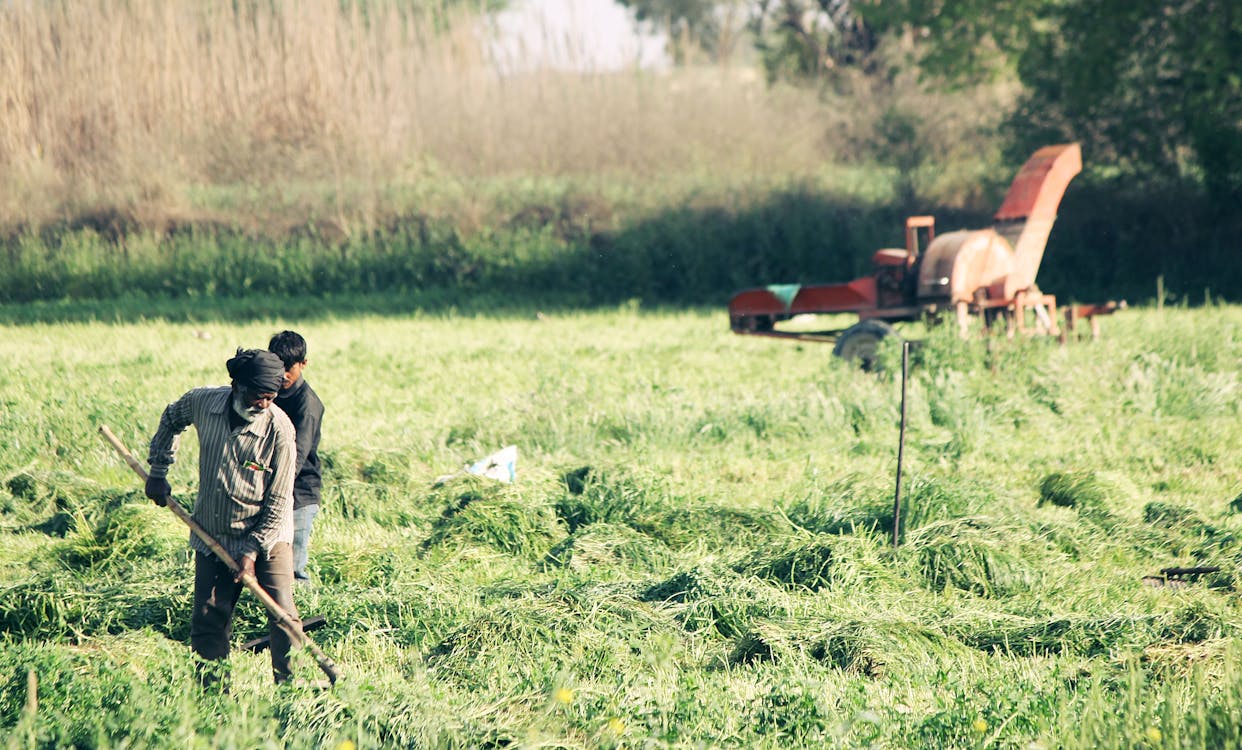
Biodiversity Preservation
SDG 15 aims to halt the decline of biodiversity. Regenerative agriculture stands as an advocate for this objective, emphasizing:
- Diversified crop rotations
- Intercropping
- Agroforestry
These practices contribute to fostering habitats that support a wide array of organisms, from soil microbes to insects, birds, and mammals.
Currently, the global food system is a significant threat to species. Agricultural activities are causing habitat destruction, overexploitation, and pollution. In fact, a staggering 13,382 species are threatened by agricultural land clearing and degradation alone. Inevitably, the rapid conversion of natural ecosystems to agricultural land has led to a dramatic decrease in populations for thousands of species across the globe.
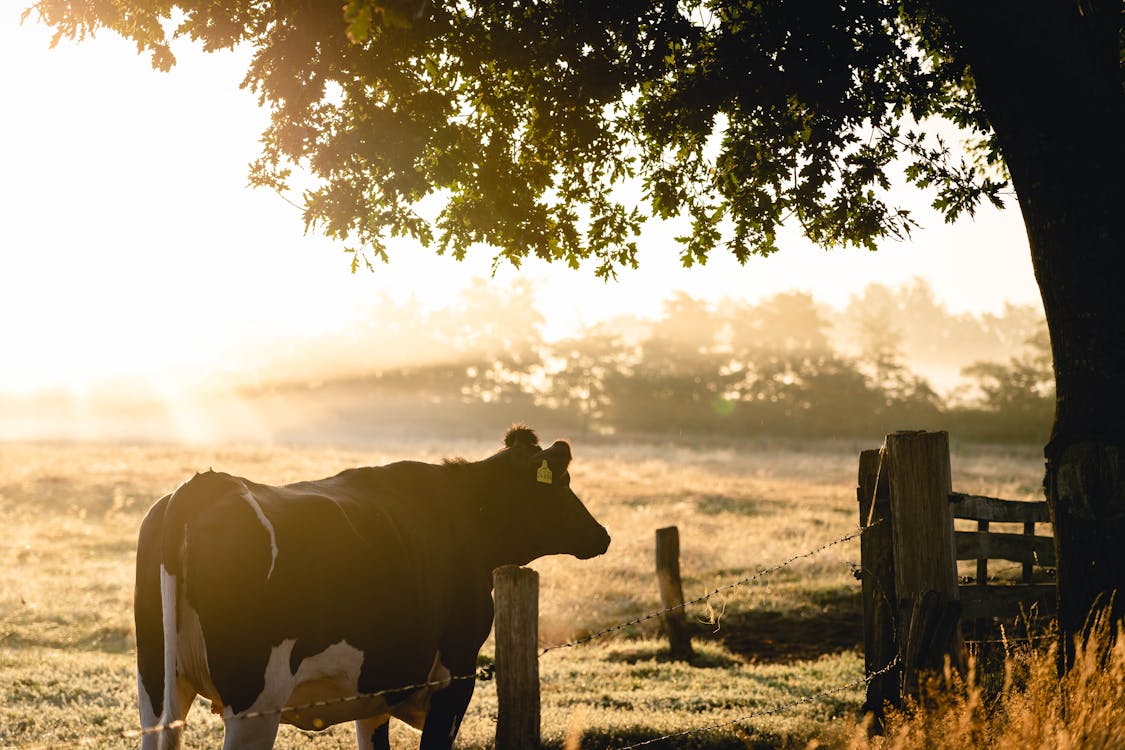
Regenerative agriculture can help address this issue by creating more diverse and sustainable agricultural landscapes. Incorporating livestock into regenerative systems can also promote a variety of grasslands and meadows, supporting different species and enhancing local biodiversity.
In addition to promoting biodiversity, regenerative agriculture can contribute to sustainable intensification, reducing the environmental impact of agriculture. Precision agriculture and the use of cover crops can maintain or increase crop yields while minimizing nutrient loss and pollution. Furthermore, intercropping and planting diverse crop varieties are keys to:
- Improve soil fertility
- Reduce pest abundance
- Increase overall agricultural productivity
To lessen the need to turn natural environments into farmlands and grazing fields, it will be imperative to improve the productivity of agriculture. Nevertheless, any foreign aid aimed at increasing yields must also include policies on zoning and planning for land-use. Further divisiveness of unaltered habitats must be avoided.
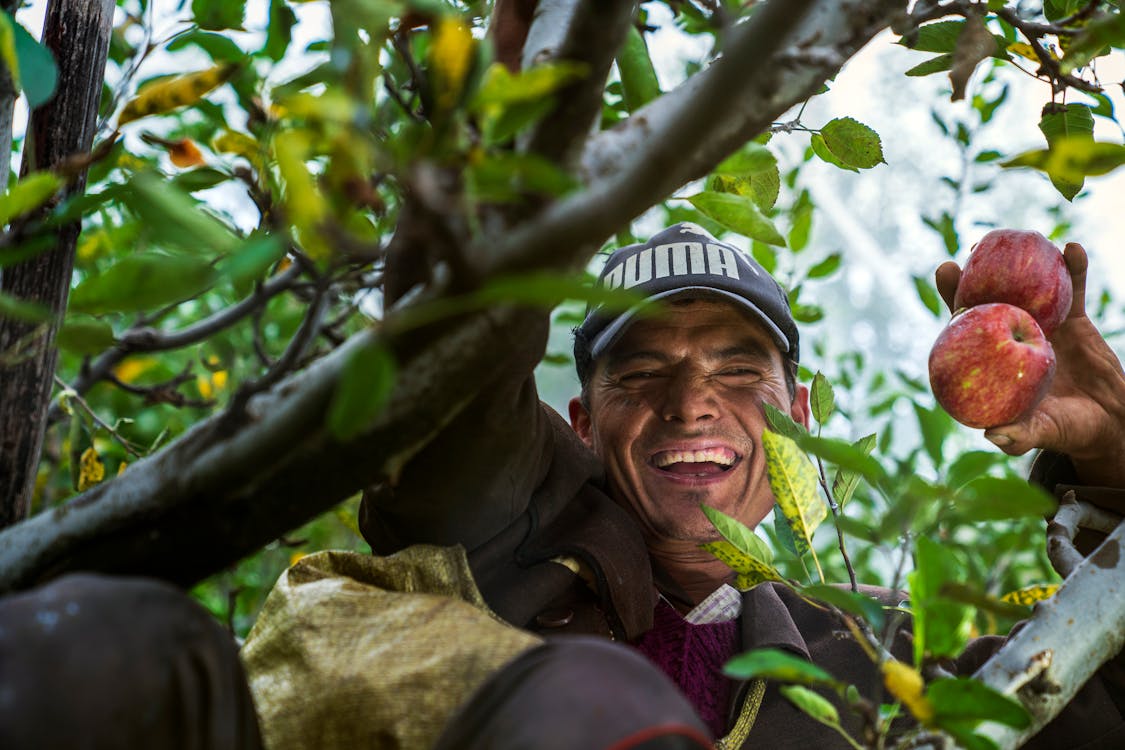
Finally, the creation of reserved areas and proactive policies are necessary. These aim to advance harvests while conserving natural habitats.
Carbon Sequestration and Climate Resilience
Regenerative farming practices enhance the soil’s ability to sequester carbon, which is vital for mitigating climate change. The method has the ability to reduce carbon dioxide in the atmosphere and preserve it within the soil by raising soil organic matter. This practice not only helps to alleviate climate change. It also enhances agricultural resilience in dealing with climate change impacts.
Crop systems that are diverse and can tolerate droughts are more capable of coping with severe weather conditions and continue yielding crops. This is a critical element for ensuring food production amidst climate change.
Strategies to Promote Regenerative Farming
Policy Support and Incentives
Governments can play a crucial role in promoting regenerative farming by offering financial incentives, such as subsidies, tax breaks, and grants, to regenerative farmers who adopt these practices.
Furthermore, policies that support research, education, and technical assistance for regenerative farming can accelerate the adoption of these methods. Hopefully, they can aid farmers in overcoming the challenges they may face during the transition.
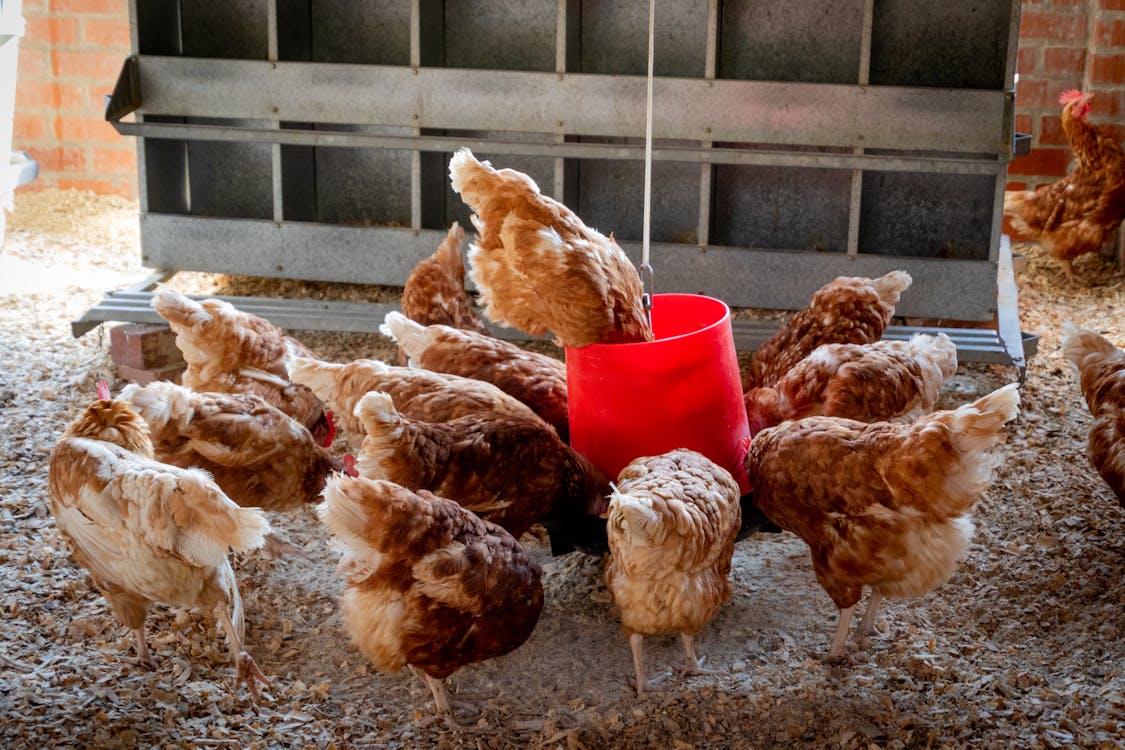
Market-based Approaches
Market-based solutions, such as certification schemes and eco-labels, can encourage consumer demand. This encourages a financial incentive to adopt regenerative practices.
Meanwhile, public and private sector procurement policies can prioritize regeneratively produced goods. While creating additional demand, this can incentivize the widespread implementation of sustainable techniques.
Education and Outreach
Increasing awareness of regenerative farming’s benefits among farmers, consumers, and policymakers is essential. Educational initiatives must target agricultural institutions, extension services, and community organizations. In this way, there will be more regenerative agriculture farmers.
Collaboration and Partnership
The promotion of regenerative farming requires collaboration among various stakeholders, including:
- Governments
- Non-government organizations (NGOs)
- Research institutions
- The private sector
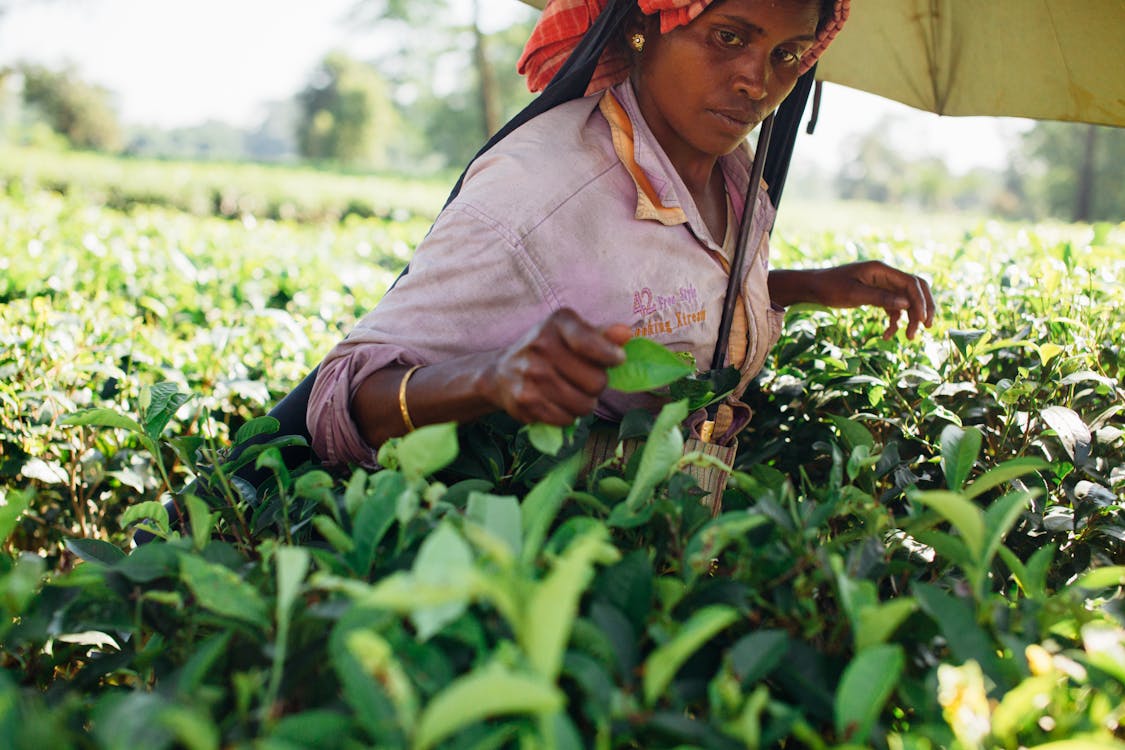
By working together, these entities can share knowledge, resources, and expertise. They can create a supportive environment for the widespread adoption of regenerative farming practices.
Public-private partnerships and cross-sector collaborations can likewise be the key to:
- Develop innovative solutions
- Scale-up successful pilot projects
- Mainstream regenerative farming practices
Real-Life Examples Leading the Way
- Patagonia
The renowned outdoor apparel brand shares the same commitment to sustainability and environmental conservation. Realizing that industrialized food and fiber production has significantly impacted our climate, the brand has decided to act. Through their Regenerative Organic Certified™ program, they are promoting:
- Techniques that encompass pasture-based animal welfare
- Fairness for farmers and workers
- Robust requirements for soil health and land management
Patagonia is committed to using only organic cotton in our product line. As proof, they support farmers who grow cotton using regenerative organic practices.
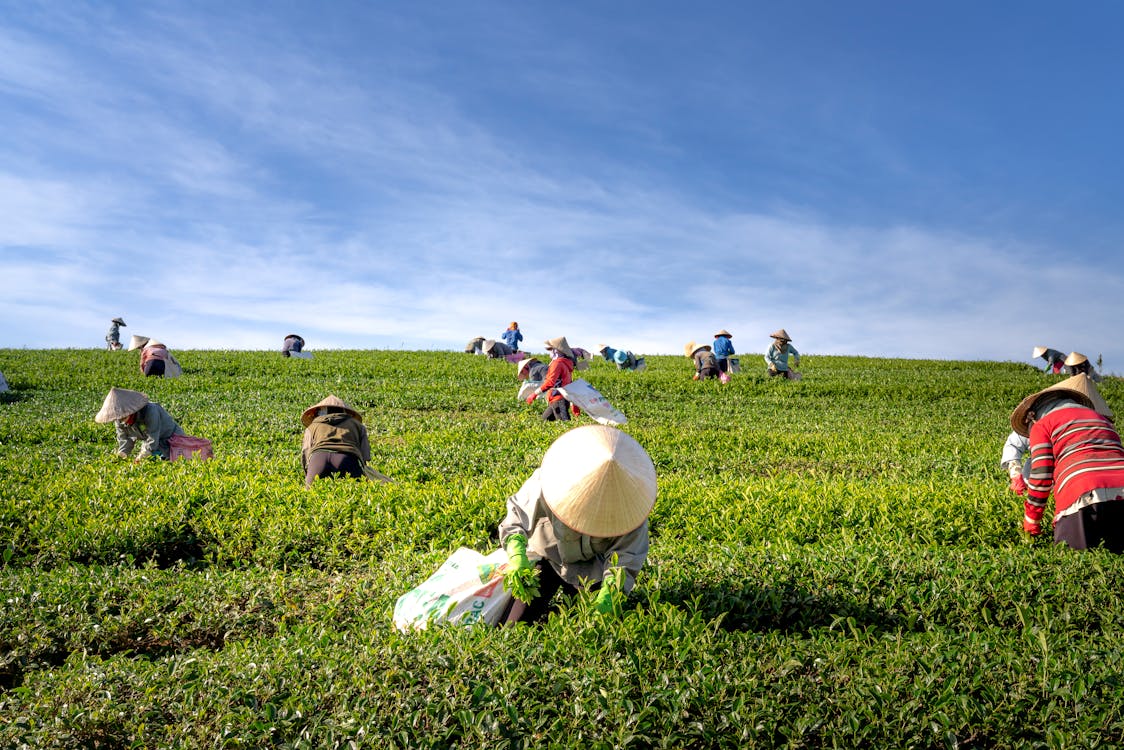
Its division, Patagonia Provisions, sources their ingredients from farmers and suppliers who prioritize sustainable and regenerative agricultural practices. They sell food items that are appetizing, healthy and made from natural ingredients.
Believing that healthy soil plays a crucial role in capturing carbon, they are heavily invested in the regenerative farming approach. For them, it could significantly change the manner in which we produce food and fiber.
Aiming to improve soil health and climate also aids in the resolution of pressing environmental issues. Furthermore, their packaging is designed to minimize waste and reduce their carbon footprint.
As a B Corporation, they are dedicated to using their business as a force for good. While supporting the global effort to halt the decline of biodiversity, they actively promote sustainable land management practices for the betterment of our planet.

- AeroFarms
As a trailblazer in environmental innovation, AeroFarms is committed to addressing the world’s food crisis. By constructing, owning, and operating state-of-the-art indoor vertical farms, they produce safe, nutritious, and delicious food.
This B Corporation brings local commercial farming directly to consumers in a sustainable and socially responsible manner. Thanks to its set of beliefs, the entity is able to revolutionize agriculture and streamline their supply chain.
Utilizing 95% less water and a fraction of the land, their innovative approach yields 390 times more produce per square foot annually compared to traditional farming methods.
Harnessing the full potential of their FlavorSpectrum™, AeroFarms creates the most delectable produce imaginable. A range of tastes and types of produce, including sweeter kale and peppery arugula, are cultivated within their indoor vertical farms.

- Farm Brothers
The alarming loss of 50% of the world’s fertile soil in the past century due to chemicals and pesticides pushed the Farm Brothers to take action. They decided to create an organic food company that makes a difference.
For every pack of their scrumptious organic cookies purchased, you help restore a cookie-sized piece (12cm²) of degraded farmland in Flevoland, Netherlands. Converting it into organic land forever, they consider this a positive impact on the environment, one cookie and one hectare at a time.
At the heart of Farm Brothers is the belief in doing good for people and the planet by creating products the right way. This involves:
- Using organic ingredients
- Ensuring fair prices throughout the supply chain
- Continuously striving to make a lasting impact on the global food system
This B Corporation strives to make organic snacks easily obtainable for all households. They simply present delicious products in attractive packaging combined with competitive prices.
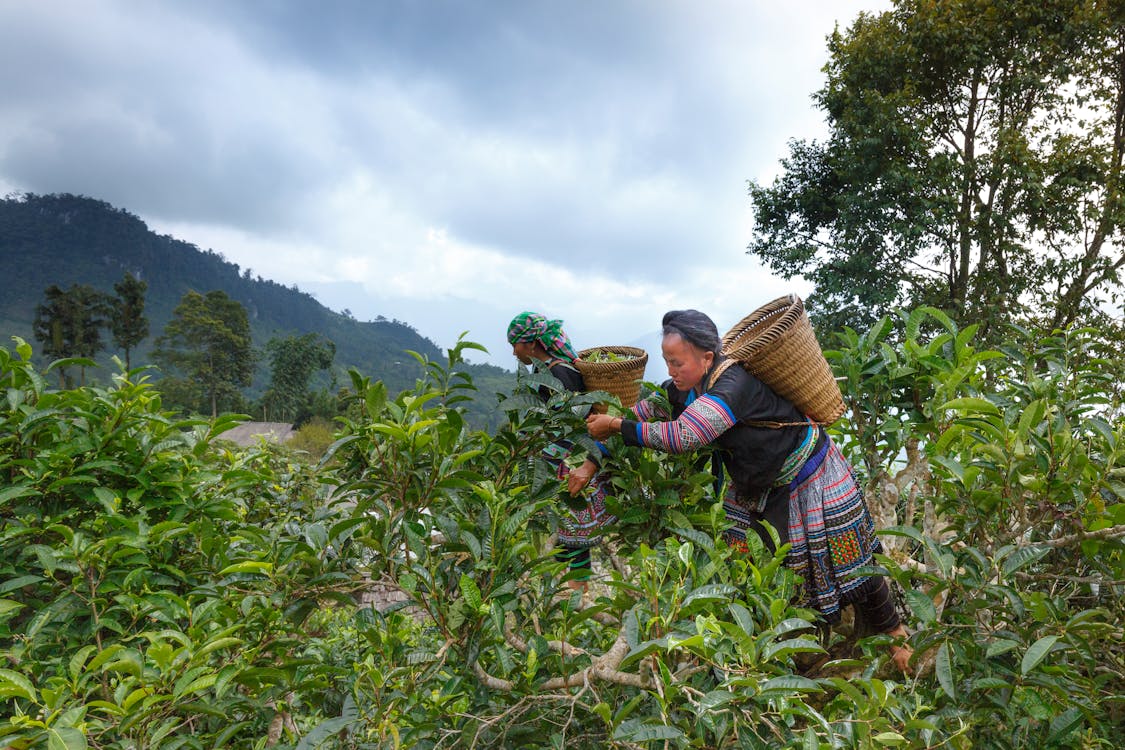
Wrapping Up
In regenerative agriculture, we find our lifeline. Regenerative agriculture practices unlock a sustainable future, enriching farmers and the earth. Uniting all sectors, we embrace collaboration, policy, and education, forging a new paradigm. Biodiversity flourishes under this regenerative umbrella.
Not mere practices, but a philosophy—flexible, effective, bound by principle. Farmers rally, adopting a shared vision. Embracing regenerative journeys, several groups work together to nurture life on land. A holistic tapestry of environmental, social, and economic harmony unfolds, securing the promise of SDG 15.